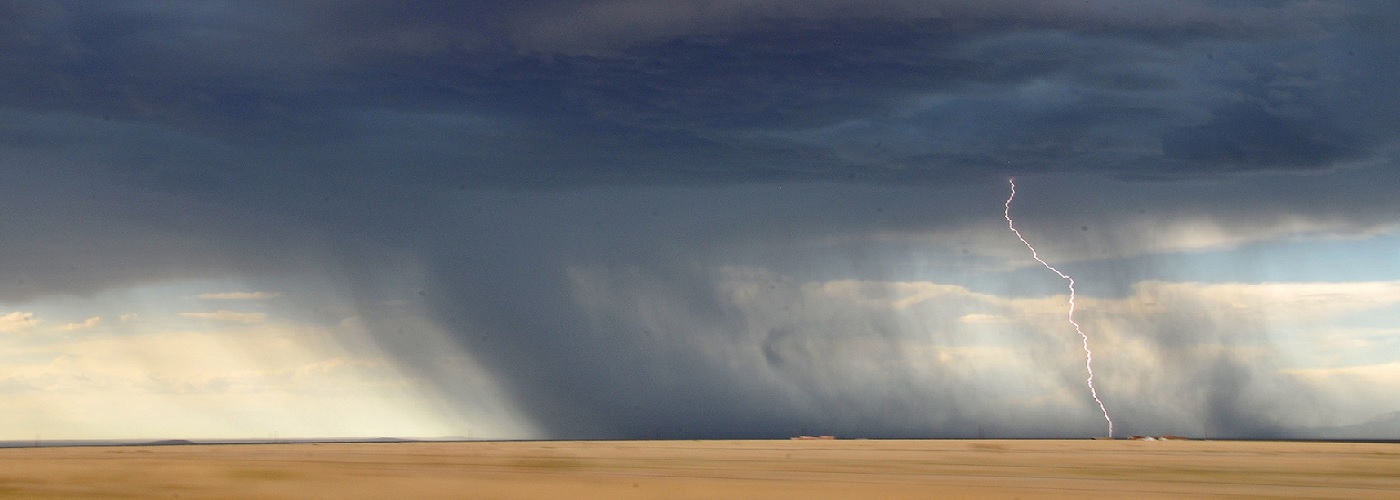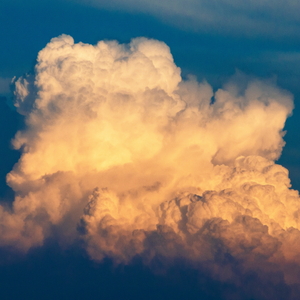

The main sources of fuel needed for a thunderstorm to develop are heat and humidity. During the late spring and summer months, these ingredients become more readily available across the lower 48 of the United States. However, the existence of low level heat and humidity alone does not always result in thunderstorms. This is because the atmosphere needs to supply a spark in order for the fuel to be used in initiating a thunderstorm. Some of the more common mechanisms that supply this spark are cold and warm fronts, along with upper level troughs and jet streaks. These are known as large scale forcing mechanisms. On the smaller scale, a thunderstorm itself can also provide the spark needed to develop other thunderstorms in its vicinity. This is known as an outflow boundary.
Thunderstorms are composed of two main air flows, an updraft and a downdraft. An updraft is a narrow stream of air that pushes upward into a thunderstorm. The updraft is important to a thunderstorm because it supplies the storm with a constant stream of energy during its lifespan. The downdraft is a stream of air that descends downward from the upper levels of the thunderstorm and flows down to the ground. The downdraft accelerates downward because it is made up of air that is cooler, and therefore, heavier than the air around it in the upper levels of the storm. The air becomes cooler due to the evaporation of raindrops, which is a cooling process. Downdrafts also gain downward momentum as the raindrops themselves can pull cooler air down to the surface from above.
These two mechanisms will oftentimes work together to build the strength of the downdraft. Once the downdraft reaches the ground, it will spread out and flow out from the storm. At this point, it acts like a miniature cold front. This is referred to by meteorologists as an "outflow boundary." When the atmosphere around the storm is unstable, these outflow boundaries can provide the energy needed to develop new storms around the parent storm. In the right setup, the newly developed storms can then produce their own outflow boundaries that result in the initiation of additional storms as well!





